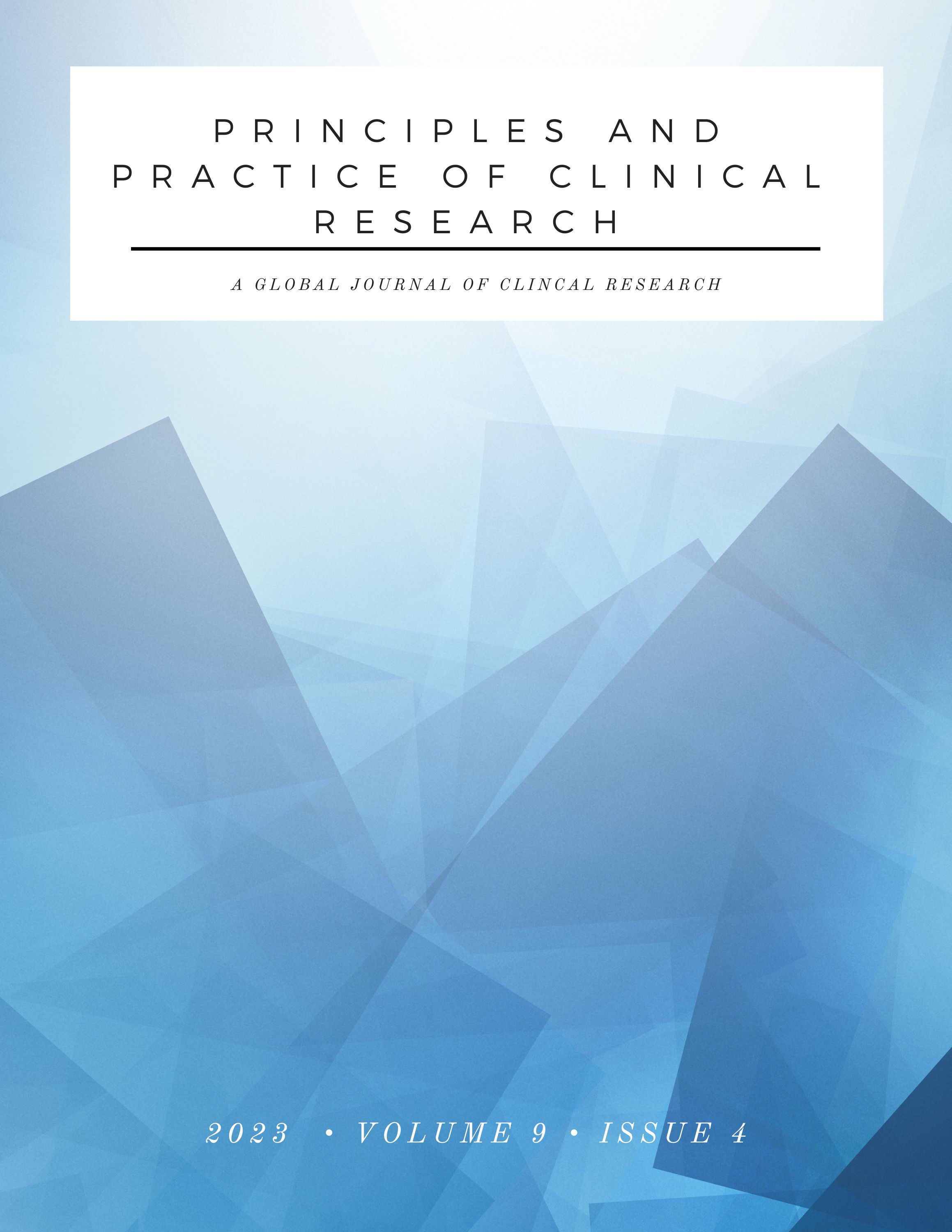Ricardo A. Vivanco
Universidad Católica Santiago de Guayaquil, Guayaquil, Ecuador
Lavinia Rech
Department of Internal Medicine, Division of Cardiology, Medical University of Graz, Graz, Austria; Department of Cardiac Surgery, Boston Children’s Hospital and Harvard Medical School, Boston, MA, United States
Elizabeth J. Ramos-Orosco
School of Medicine, Universidad Peruana de Ciencias Aplicadas, Lima, Peru; Harvard T.H. Chan School of Public Health, Boston, MA, United States
Paula Prilip
Harvard T.H. Chan School of Public Health, Boston, MA, United States
Juan Pablo Mengide
Hospital Provincial Neuquén Dr. Castro Rendón, Buenos Aires, Argentina
Paulina Bonilla Rivera
Hospital del Trabajador, Asociación Chilena de Seguridad ACHS, Santiago, Chile
Ariana Vergas-Ruiz
Hospital F. Escalante Pradilla, Pérez Zeledón, San José, Costa Rica
Levi Coelho Maia Barros
Harvard T.H. Chan School of Public Health, Boston, MA, United States
Shahem Abbarh
Hamad Medical Corporation, Doha, Qatar
Rayza Aspee
Harvard T.H. Chan School of Public Health, Boston, MA, United States
Blanca Bazán-Perkins
Instituto Nacional de Enfermedades Respiratorias, México City, México; Tecnologico de Monterrey, México City, México
Gianina M. Crisóstmomo Ninapaytan
Instituto Nacional de Salud Mental Honorio Delgado - Hideyo Noguchi, Lima, Perú
Martha Felipe
Harvard T.H. Chan School of Public Health, Boston, MA, United States
Ana Claudia Guersoni
Faculty of Medicine of the University of São Paulo, Preventive Medicine Department, São Paulo, Brazil
Geovanny Guiterrez-Brito
National School of Tropical Medicine at Baylor College of Medicine, Houston, TX, United States
Linard Hoessly
University Hospital Basel
Nebal Abu Hussein
Pulmonary, Critical Care and Sleep Medicine, Yale School of Medicine, New Haven, CT, United States
Matheus de Melo Lobo
A. C. Camargo Cancer Center, São Paulo, São Paulo, Brazil
Gisele E.K. Nakamura
Pontifical Catholic University of Paraná, Londrina, Paraná, Brazil
Wafa Mohamed
Harvard T.H. Chan School of Public Health, Boston, MA, United States
Manuela de Almeida Roedinger
Instituto Butantan; São Paulo; São Paulo-Brazil
Dan Salman
Harvard T.H. Chan School of Public Health, Boston, MA, United States
Tessa Teo
Harvard T.H. Chan School of Public Health, Boston, MA, United States
Amanda R.O. Siqueira
FGM IPDC Paulista Institute of Cardiovascular Diseases, Sao Paulo, SP, Brazil
Abstract
Introduction: Approximately two-thirds of patients with Obsessive-Compulsive Disorder (OCD) exhibit inadequate responses to current standard therapies. A previous meta-analysis has shown the potential benefit of repetitive transcranial magnetic stimulation (rTMS) of the dorsolateral prefrontal cortex (dlPFC) area in patients with OCD. However, the analysis also included patients who had not previously failed first-line treatments. This mini-review aims to explore the therapeutic effects of rTMS applied to the dlPFC area in patients with treatment-resistant OCD.
Methods: We conducted a comprehensive search for randomized controlled trials (RCTs) and observational studies across various databases (PubMed, EMBASE, Ebsco, Web of Science, and Cochrane Central). Eligible studies encompassed rTMS administered to the dlPFC area in cases of treatment-resistant OCD. Studies that did not focus on using the Yale-Brown Obsessive-Compulsive Scale (Y-BOCS) to assess the efficacy of rTMS were excluded. Quality assessments were conducted based on the Cochrane risk-of-bias tool.
Results: Our review identified five RCTs involving 132 patients that met the established criteria. The application of high-frequency (HF) and low-frequency (LF) rTMS to the dlPFC region yielded controversial post-treatment Y-BOCS findings due to factors such as small sample sizes, short-term study durations, variations in rTMS protocols, and four studies exhibiting a high risk of bias.
Discussion: The available data is constrained by a scarcity of high-quality, large-scale trials with extended follow-up periods and optimized protocols. Further research is warranted to establish the efficacy of rTMS administered to the dlPFC in this patient population.

